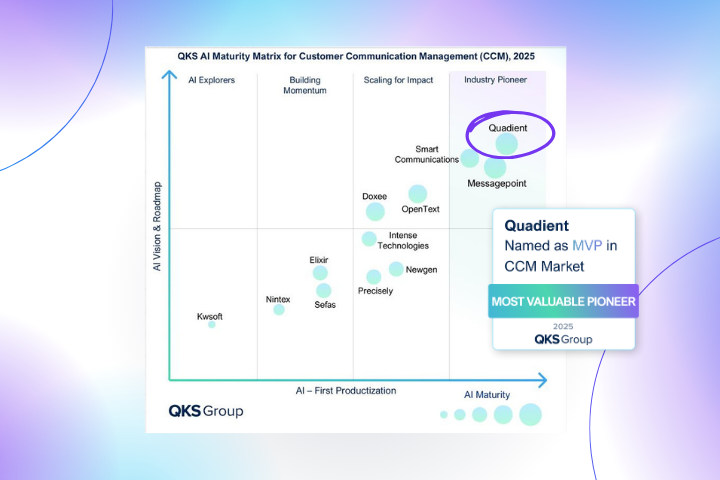

Despite the clear benefits, only 22% of companies have fully automated their AP processes. The biggest blocker for many organizations is the belief that they’re not big enough to take full advantage of an automated solution.
It’s important for organizations of every size to understand that the benefits of a fully automated AP system go far beyond financial and time savings. Automated AP platforms offer tighter controls, streamlined approvals, strategic payment options, and real-time access to transactional data. All of this allows finance professionals in teams of any size to make better and smarter decisions for their organization’s bottom line.
In this blog, we’ll explore how AP automation solutions help organizations of any size relieve the pain of paper-based processes while empowering staff to spend more time on strategic initiatives.
Should your business explore AP automation?
The answer to this question is a resounding “yes” regardless of size. However, smaller businesses sometimes face more hurdles when it comes to selecting and adopting an AP automation solution. There are three common roadblocks that smaller companies must consider:
- Cost concerns
- Vulnerability to workforce interruptions
- Losing ERP integration
Let’s explore each one.
Cost concerns
Many small businesses worry that automating their AP will be cost-prohibitive. They believe that the short-term costs of implementing the solution will outweigh the long-term cost savings it delivers.
However, investing in a robust AP automation solution delivers enormous cost and time savings, and does so more quickly than you might expect. Here are just a few examples:
- Organizations that process 100 or more invoices a month and use AP automation save 60-80% over manual invoice processing with an average cost per invoice of $5 or less.
- Driving down the cost per employee of invoice processing allows you to quickly recoup the cost of investing in new software.
- Eliminating manual labor enables employees to process a much higher number of invoices.
- On average, accounting teams save more than 38 hours per week with AP automation
- This is largely driven by the 83% reduction in manual data entry that AP automation delivers
- Teams with AP automation can take advantage of early payment and vendor discounts
- 65% of vendors offer early payment discounts to their customers
- The average discount is around 2%
Wondering exactly how much your team could save? Check out Quadient AP’s ROI calculator for a personalized estimation!
In addition to the hard numbers above, it’s important to remember the other, less obvious cost savings that AP automation delivers. Some of these include positive effects on staff productivity, a reduction in employee burnout, and an improvement in the team’s strategic focus.
Vulnerability to workforce interruptions
Small businesses often rely on a small team of AP professionals, making them vulnerable to workforce interruptions such as staffing challenges and other unforeseen issues. Not to mention that remote work doesn’t pair well with paper-based manual processes, adding up to an increase in a company's fraud risk.
Cloud-based AP automation solutions facilitate AP teams working efficiently and effectively from almost anywhere. Centralized databases simplify audits and save time with digital invoice storage, while providing on-demand reporting to satisfy compliance obligations.
Losing ERP integration
Some small businesses might be concerned that implementing an AP solution means having to walk away from their existing ERP software commitments. Not so!
Small businesses depend heavily on ERPs and accounting tools for their AP processes, and most AP automation software will integrate seamlessly with your existing solutions. SMEs should look for AP automation providers that have established relationships with some of the biggest and most popular ERPs.
Are you ready to automate?
Developing a strong business case can help you demonstrate the value of AP automation to your organization.
Ready to go deeper in your exploration of AP automation solutions? Quadient AP is here to help. Book a demo today!









